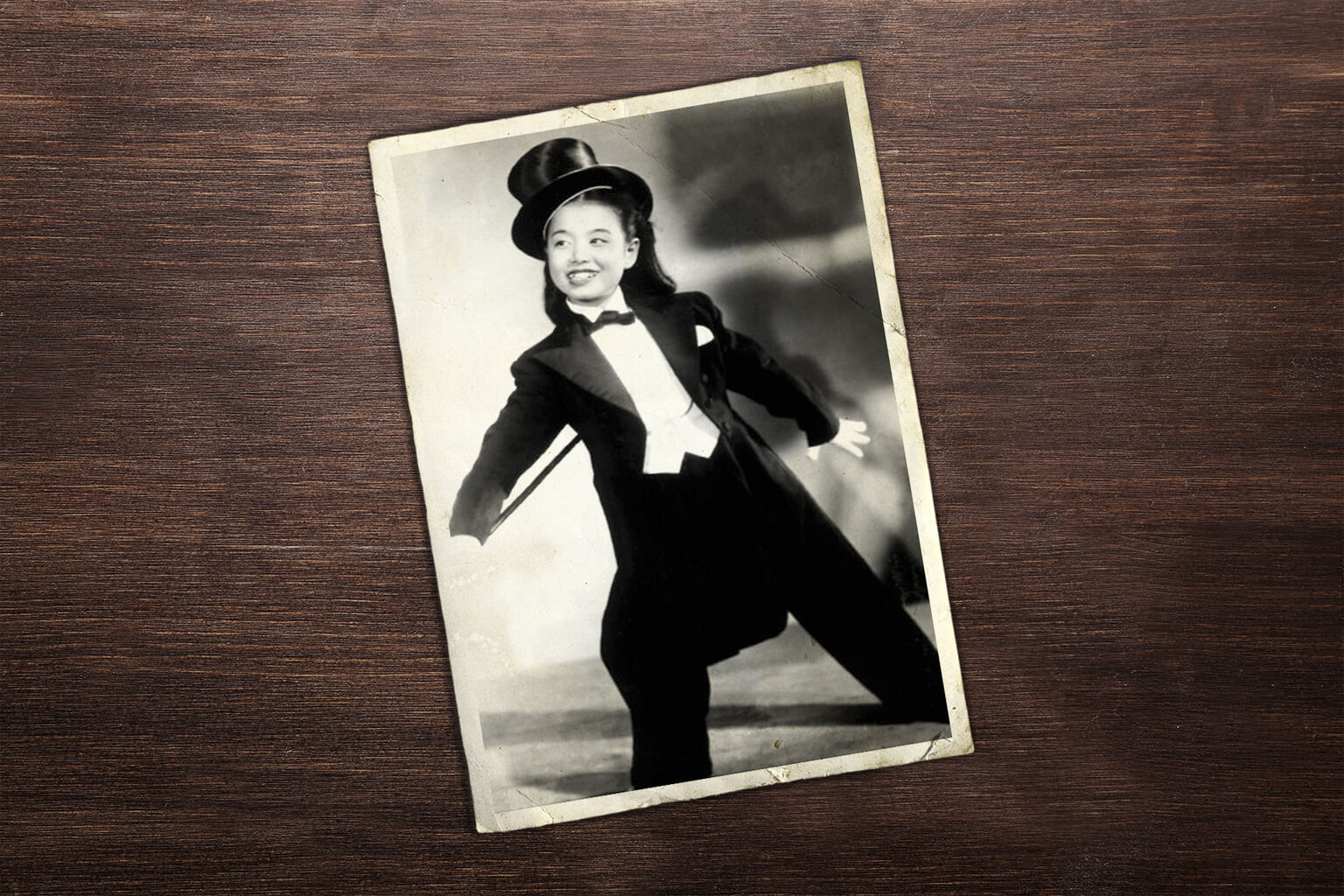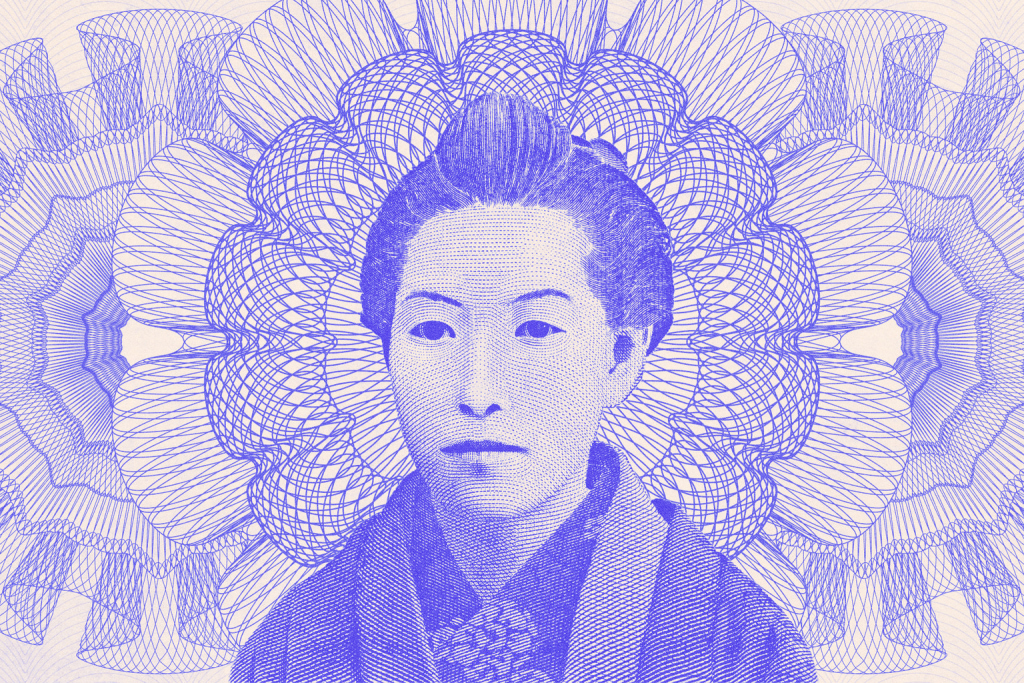On this day in 1896 Japan lost one of its most important authors as Ichiyo Higuchi died of tuberculosis. She was only 24. Despite living for less than a quarter of century, Higuchi is still revered today and until 2024 is the face of the ¥5,000 note. Writing stories that predominantly focused on female characters, she was most well-known for the novella Takekurabe (Child’s Play).

Higuchi was a bookworm during her youth | Image by Anna Petek
Background
Born Natsuko Higuchi on May 2, 1872, she was the daughter of a samurai. Though both her parents were from a peasant community, her father won status as a shogunate vassal in 1867, a year before the Meiji Restoration. With imperial rule restored to Japan, his status as a samurai was short-lived. It did, however, help him gain a position under the Tokyo government, meaning the family lived relatively comfortably.
Growing up, Higuchi was a bookworm who received top grades during her elementary school days. Her mother, though, didn’t believe in education for girls. She requested that her daughter quit school before she reached her teens to help with the housework. Higuchi’s father felt differently. He bought her poetry books and paid for a personal tutor for the young girl. When she was 14, he helped her enroll at Haginoya, a private school run by famous waka and tanka poet Utako Nakajima.
At the school, Higuchi received weekly poetry and Japanese literature lessons. Although she was regularly top of the class, the teenager never felt like she fitted in as most of her fellow students came from noble backgrounds. At 17, she had to put her studies to one side as her father passed away. With her oldest brother having died two years earlier and her other brother away, she was suddenly seen as the family’s main breadwinner.
Becoming a Writer
To make things more difficult, Higuchi’s father had debts due to a failed wagon transportation business venture. On top of that, Saburo Shibuya, the well-to-do man she was engaged to be married with, broke things off. In her late teens, Higuchi moved to Hongo in Tokyo’s Bunkyo Ward with her mother and sister where they all raised funds by sewing and doing laundry. That wasn’t enough for Higuchi, though. The success of Yabu no Uguisu (Warbler in the Grove), a novel by former classmate Kaho Miyake, convinced her to become a writer herself.
Learning how to pen popular fiction from Tosui Nakarai, who wrote stories for the Tokyo Asahi Shimbun, Higuchi released her debut work Yamazakura in March 1892. Possibly about her relationship with Nakarai, it was a tale of unrequited love that featured in Musashino, a literary magazine he founded. Eight months later, she had a breakthrough hit with Umoregi (Obscurity). Her career was slowly taking off, but she had to deal with her inner demons and a lack of confidence. Despite her family needing the money, Higuchi was often hesitant to put things out as she wasn’t satisfied with what had been written.
“Every time I read famous tales and novels, both ancient and modern, I become distressed over my own writing and finally I begin to feel like giving up. However, perverse as I am, I can’t give it up quite so easily, and presumptuously enough, I have started writing again. I must, by all means, complete it by the day after tomorrow. I feel that I will die if I don’t finish it. If people wish to laugh at my faint heart, let them laugh,” she once wrote.

Misora Hibari played Midori in the film adaptation of Takekurabe
Takekurabe
While Higuchi’s reputation as a writer was growing, money remained tight. As a result, she and her family had to leave their middle-class home in Hongo. They moved into a poor neighborhood close to the infamous red-light district of Yoshiwara where they ran a stationary store. Unfortunately, sales weren’t good enough for it to stay open long. Despite being busy at the shop, Higuchi didn’t give up on her writing and the neighborhood they stayed in provided the inspiration for many of her subsequent stories, most notably Takekurabe.
A coming-of-age novella set in Yoshiwara, it explores the chasm that divides the happy-go-lucky world of children and the careworn existence of adulthood. The adolescent characters are all destined to follow in the footsteps of their families rather than pursuing their own dreams. This includes 14-year-old Midori, who begins preparing for life as a courtesan like her sister. “Ah, if she could go on forever with her dolls and her cutouts, if she could go on playing house, what a joy it would be. She hated it, she hated it, she hated growing up. Why did she have to grow old?”
Takekurabe was translated into English several times using various titles including They Compare Heights by W.M. Bickerton, Growing Up by Edward Seidensticker, Teenagers Vying for Tops by Seizo Nobunaga and most famously Child’s Play by Robert Lyons Danly. The novella was also adapted into a feature-length film by Heinosuke Gosho, starring Hibari Misora as Midori. Another famous Higuchi movie adaptation was An Inlet of Muddy Water directed by Tadashi Imai. Based on her short story Nigorie, it competed for the Grand Prix at the 1954 Cannes Film Festival.
Higuchi’s Death and Legacy
Sadly, Higuchi didn’t live long enough to witness how revered her work became. Like her father and brother, she contracted tuberculosis and passed away on November 23, 1896. During her brief yet distinguished career, she wrote 21 short stories, nearly 4,000 poems, various essays and a multivolume diary. Known as Japan’s first modern female writer, her stories continue to inspire authors today including the likes of Rieko Matsuura and Mieko Kawakami.
In 1961, the Ichiyo Memorial Museum opened in Tokyo’s Taito Ward featuring various materials such as an incomplete handwritten manuscript of Takekurabe. Falling into disrepair, it was eventually rebuilt in 2006. Two years earlier, the late writer’s face appeared on the ¥5,000 banknote for the first time. She became the third female to feature on a Japanese banknote after Empress Jingu and Murasaki Shikibu. Educator Umeko Tsuda will be the fourth from the first half of fiscal 2024.









